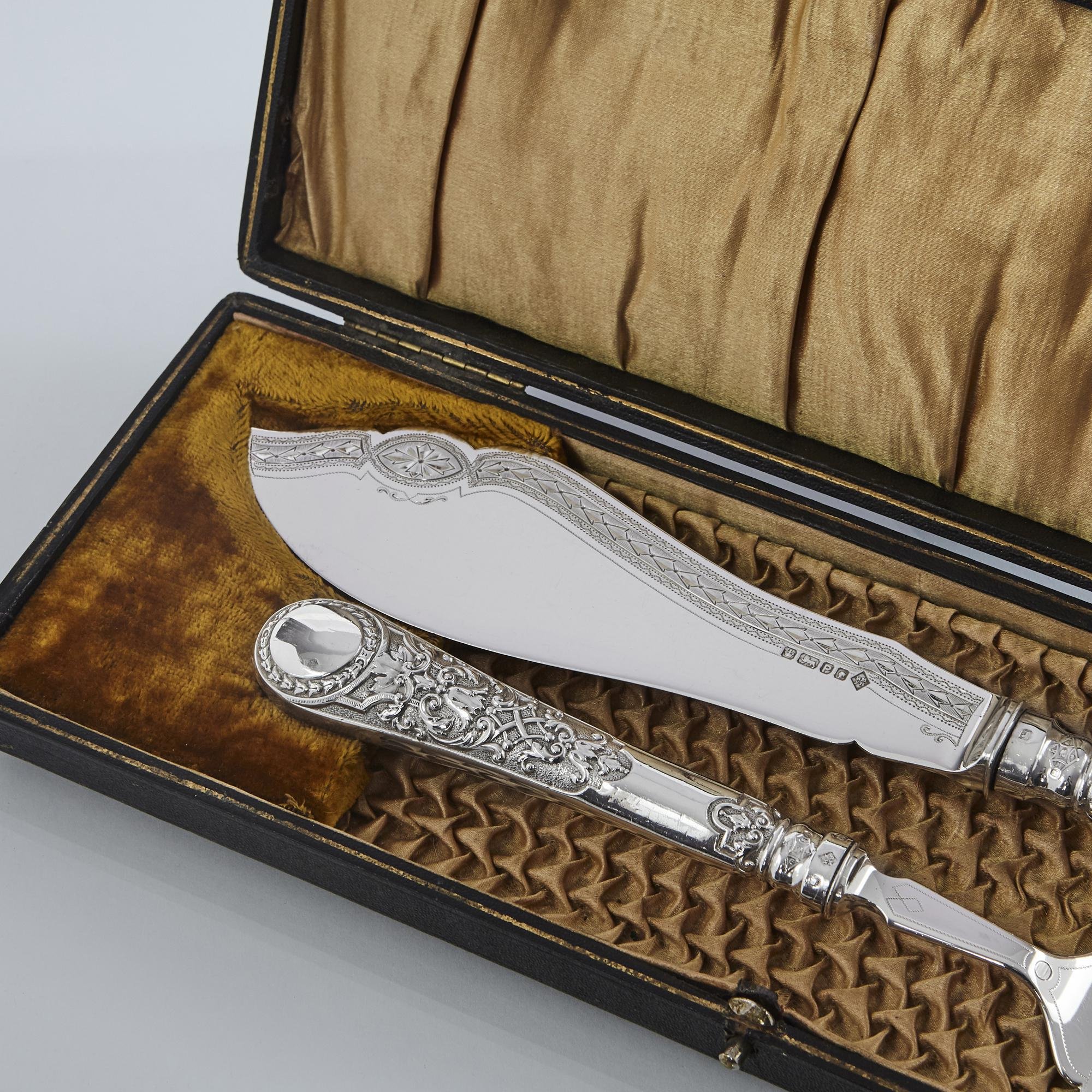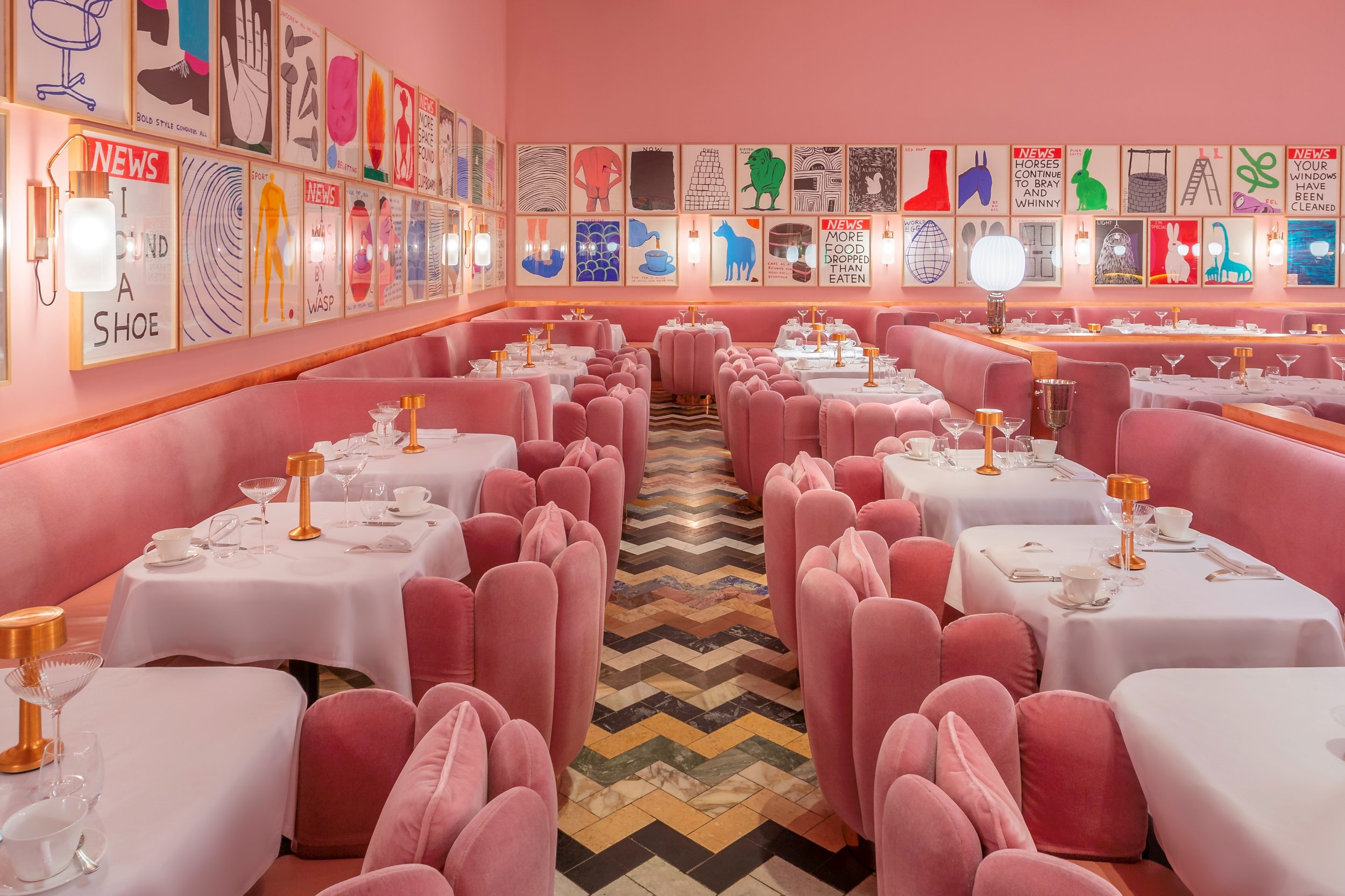Breaking the Mould: Female Furniture Designers
13 March 2020
Messy machinery and heavy materials—alongside lashings of gender stereotyping—has kept numbers of female furniture designers low. Today, the tables are starting to turn. Arabella Youens finds out why.
Arabella Youens
Formerly Property & Interiors editor at Country Life, Arabella Youens writes freelance articles on property & interiors for national newspapers and magazines including The Telegraph, The Financial Times and Evening Standard.
Nanna Ditzel, Occasional chair in solid teak and original cane, Producer: Kolds Savvaerk, Denmark.
Woodworking and metalwork have long been disciplines dominated by men. Yet women have played an important role in the sector for centuries. For starters, it was an American woman, Tabitha Babbitt, who invented the first circular saw. Later came female designers who inspired some of the biggest design movements of the last 200 years. These include the visionary French architect and designer Charlotte Perriand (who, after applying for a job at Le Corbusier’s studio, was told “We don’t embroider cushions here”), Margaret MacDonald Mackintosh and Eileen Gray.
The problem is that historically much of the credit went to the man in any partnership, says the Cheshire-based antique dealer Holly Johnson who specialises in British furniture from 1900. Ray Eames is chief among these. Together with her husband, Charles, she designed the first mass-produced product—a moulded plywood leg that received 150,000 orders from the US Navy by the end of WW2. But her husband remains better known.
Beam Sofa System and Gender armchair, both designed by Patricia Urquiola for Cassina in 2016.
Image courtesy of Patricia Urquiola.
“The one that did break a mould early on is Betty Joel”, says Holly. Joel first designed pieces for her own house before establishing a workshop on Hayling Island and renting a showroom on Sloane Street. Using a mix of teak or wood, the furniture became known as “Token” and before long she was being commissioned by leading society lights. “But while the antique and vintage is full of female ceramicists and painters, furniture was for years considered to be a male-dominated space”, adds Holly.
Today, there are signs of change. Looking at students signing up to one of the courses on offer at the Chippendale International School of Furniture in East Lothian, a larger proportion of students is male—particularly on the 30-week long intensive professional course. “But there has been a gradual rise: next year one third of students on the professional course are women”, notes Tom Fraser, principal of Chippendale.
Nanna Ditzel, Teak Desk, Maker: Soren Willadsen, Denmark.
“In our experience, women have a natural affinity for blending the design elements with the practical sides of the craft and we have welcomed many great female students through our doors, many of whom have since established successful furniture making businesses, like Honor Dalrymple and Vanessa Johnston”.
Katie Walker is a furniture designer who founded her eponymous furniture design company in 1994 and is currently showing at The New Art Centre in Wiltshire. She explains what’s held others back: “There is a group of women that deny that any difference exists–I was of this opinion when I started”, explains Katie. “In the other camp are women who say their progress has been hindered by prejudice”. With the perspective of 25 years in the field, she believes the bigger challenge is the lack of female voices in semi social or work gatherings on a professional level. “It can be more like walking into an old boys club! There’s no strong core sense of camaraderie to help you survive in a profession that is already so competitive”.
Whippet table and celestial pebble pendant, from Ochre.
Image courtesy of Ochre.
Uniting as a team can be one solution. Contemporary furniture design studio Ochre has not one but three female designers. Joanna Bibby and Harriet Maxwell Macdonald met while studying at City & Guilds of London Art School and were later joined by Solenne de la Fouchardiere, a graduate of Wimbledon School of Art.
They credit a collaborative approach for their success. “Working as a team of women has helped us to get where we are today”, says Harriet. “As far as we are concerned though, regardless of gender, the most important thing is to be passionate about what we do and supportive of one another”.
Recently, there’s begun a tremendous crossover between women who are working between interior design and furniture making—combining collective skills and knowledge to create designs that meet the needs of today’s clients.
Among the leading lights is Patricia Urquiola who is known for experimenting with both form and material to create slick and contemporary looks that are shot through with her Spanish and Italian heritage. Nina Campbell is another: each piece of her collection is born to solve a missing link in her interior design projects.
Interior decorator Susie Atkinson, who has decorated a number of rooms in various Soho House clubs, is launching her first collection of furniture in May and decorator Rosanna Bossom, who worked on the private members’ club 5 Hertford Street, has a capsule collection of her own in-house designs. Meanwhile Henriette von Stockhausen, co-founder of Dorset-based VSP Interiors is also busy expanding her own-brand pieces which include several four poster beds and upholstered benches. What decorators are bringing to the design table is an understanding of how to marry shape and form with traditional methods of furniture design. “Above all it’s about designing something that not only looks good but feels great”, she says. Watch this space for more.








